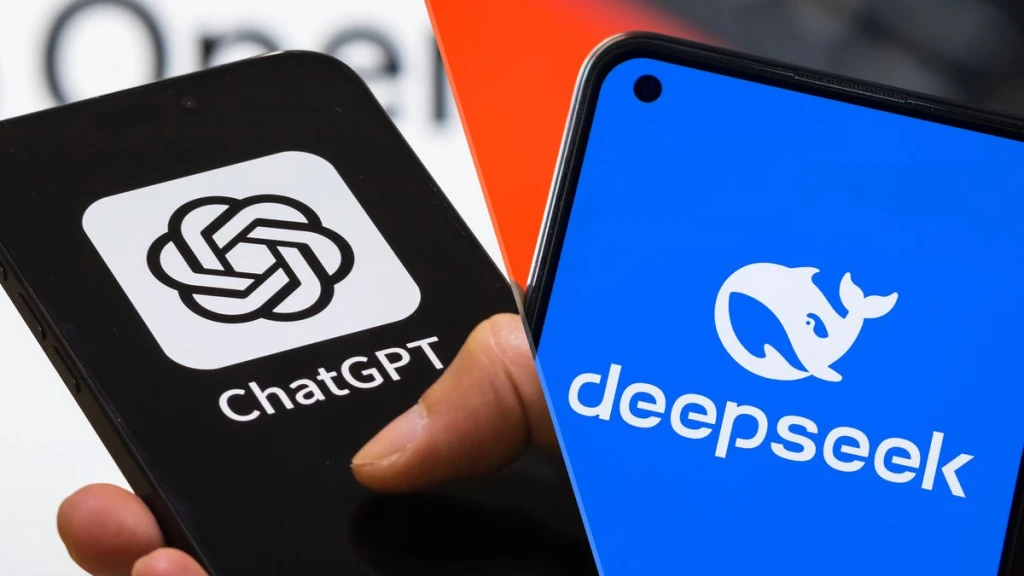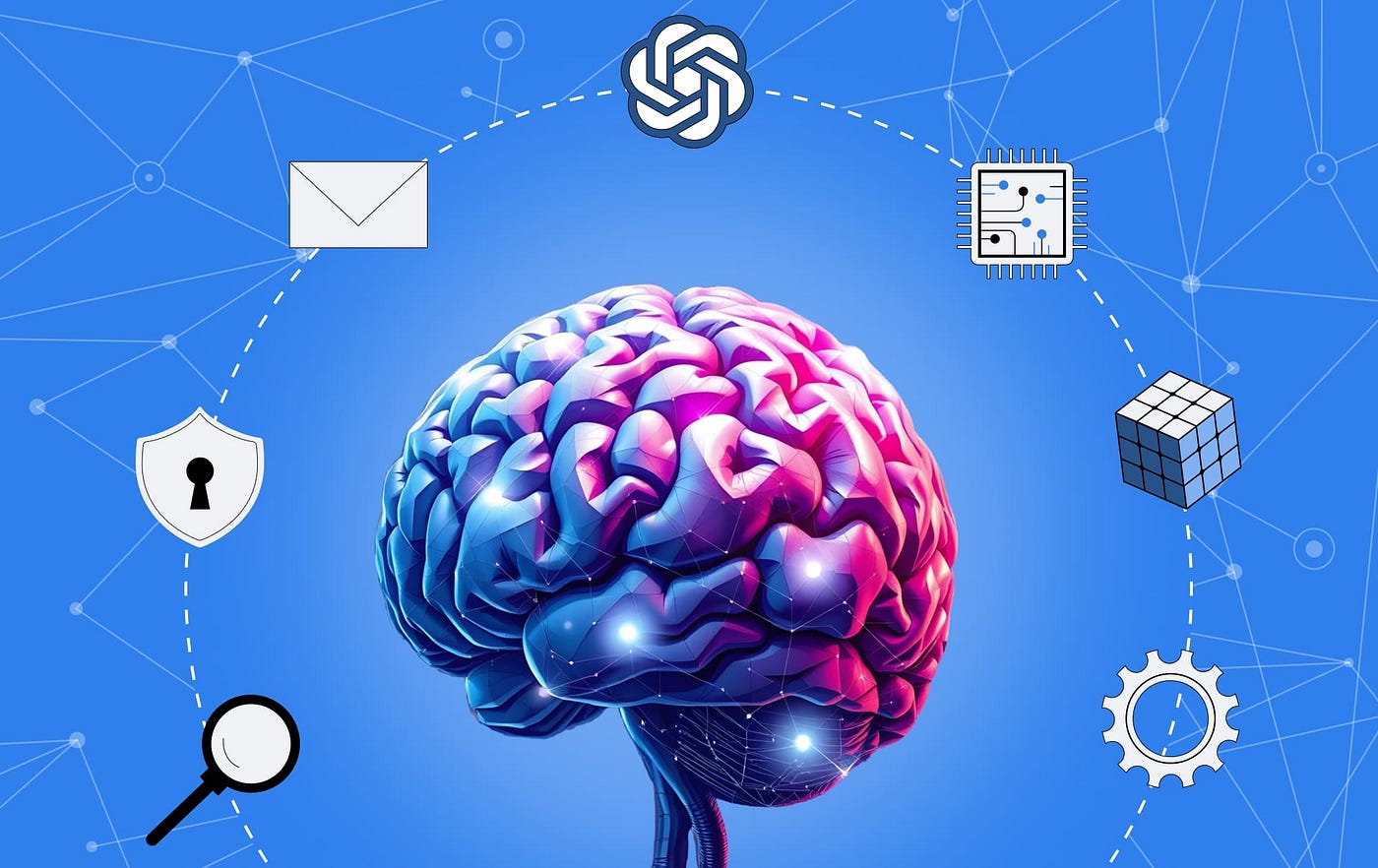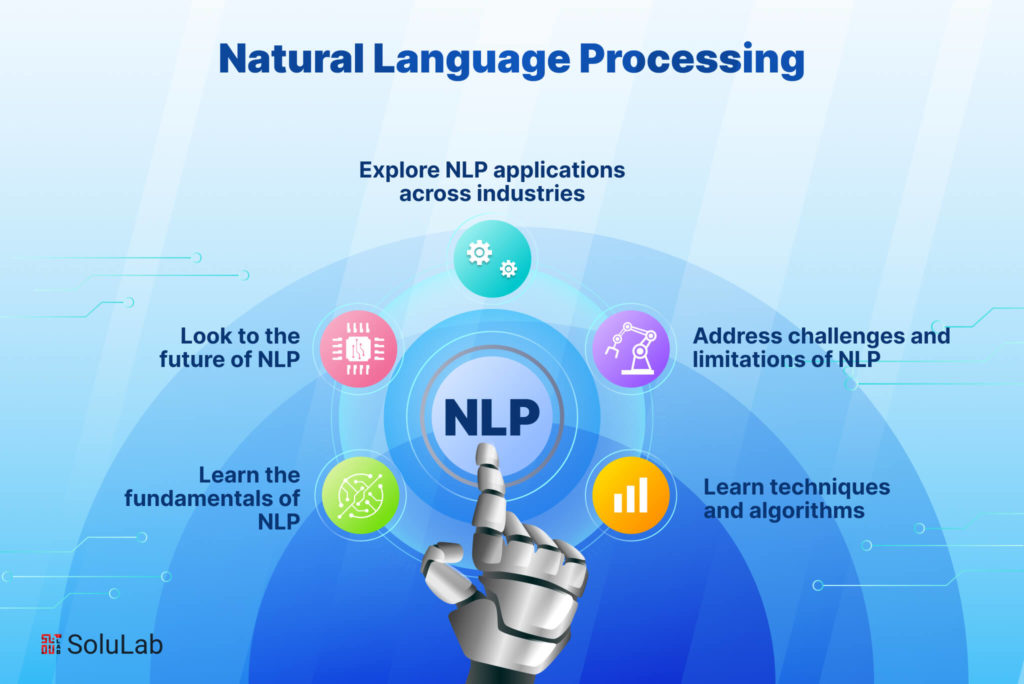Test AI on YOUR Website in 60 Seconds
See how our AI instantly analyzes your website and creates a personalized chatbot - without registration. Just enter your URL and watch it work!
1. Introduction: The Importance of Context in AI Conversations
Two leading AI models—ChatGPT and DeepSeek—are competing to set new standards in contextual comprehension. This blog compares how well ChatGPT and DeepSeek understand context, analyze user intent, and deliver relevant responses.
2. Overview of ChatGPT and DeepSeek
1. What is ChatGPT?
Developed by OpenAI, ChatGPT is based on Generative Pre-trained Transformer (GPT) models.
Specializes in natural language processing (NLP), conversational AI, and content generation.
Trained on a vast dataset of internet text, books, and articles to enhance understanding.
Known for its coherence, adaptability, and creativity in generating responses.
2. What is DeepSeek?
Developed by DeepSeek AI, a model designed to improve logical reasoning, accuracy, and retrieval-based learning.
Focuses on knowledge-driven responses, particularly in technical and analytical domains.
Integrates real-time information updates to enhance factual correctness.
Optimized for long-form text generation and deep contextual analysis.
3. Understanding Context: How Well Do They Perform?
1. Conversational Memory and Context Retention
ChatGPT: Maintains strong short-term memory, allowing for fluid, natural conversations.
May struggle with long-term memory across extended interactions.
Requires user prompts to reinforce previous context.
DeepSeek: Specializes in logical continuity, ensuring better retention of multi-turn conversations.
Stronger at following technical discussions or structured debates.
May not be as flexible in free-flowing, creative discussions.
2. Contextual Accuracy and Relevance
ChatGPT: Provides engaging, dynamic responses, but may occasionally hallucinate information.
Great for creative writing, storytelling, and ideation.
Can sometimes misinterpret ambiguous prompts.
DeepSeek: Prioritizes fact-based, logical answers, making it more reliable for technical fields.
May struggle with understanding casual or humorous conversations.
Better at mathematical reasoning, problem-solving, and domain-specific accuracy.
3. Handling Ambiguity and Complex Queries
ChatGPT: Uses pattern recognition and probability models to infer user intent.
Can generate context-aware answers, even for vague prompts.
Sometimes provides overly confident but incorrect responses.
DeepSeek: Excels in structured responses, making it ideal for technical or research-heavy topics.
Handles long-form analytical discussions better than ChatGPT.
More prone to providing overly precise but rigid answers.
4. Use Cases: When to Use ChatGPT vs. DeepSeek
Best Use Cases for ChatGPT
✅ Creative writing, storytelling, and brainstorming ideas.✅ Customer service chatbots and conversational AI.✅ General knowledge and casual discussions.✅ Social media content creation and marketing assistance.
Best Use Cases for DeepSeek
✅ Technical support, coding, and problem-solving.✅ Research-based writing and knowledge-intensive topics.✅ Analytical reasoning, legal, and financial applications.✅ Scientific discussions and complex data analysis.
5. The Future of AI Chatbots: What’s Next?
Hybrid AI Models*: Combining the strengths of ChatGPT’s fluency and DeepSeek’s logical reasoning.*
Improved Memory Retention*: AI systems will develop better long-term memory for enhanced pe*rsonalization.
Greater Explainability: Future AI will offer transparent reasoning for each response, reducing biases.
Real-Time Knowledge Integration: AI will provide live updates and accurate, context-aware insights.
6. Conclusion: Which AI Model is Better for Context?
If you need a conversational, engaging AI that flows naturally, ChatGPT is the better choice.
If you require precise, structured, and logical responses, DeepSeek is more reliable.
Ultimately, AI models will continue to evolve, blending strengths to create more context-aware, accurate, and interactive AI experiences. The future of AI chatbots is not just about answering questions—but truly understanding human intent.






